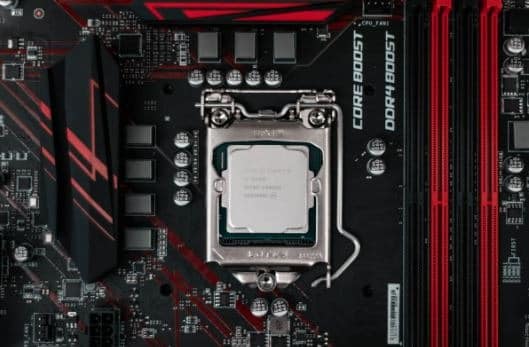DIY Freeze Dryers You Can Make at Home

Freeze-drying is a food preservation method that removes the moisture from the food to prevent it from spoiling. The process involves freezing the food at a low temperature and then placing it in a vacuum chamber where the water evaporates from the food. This usually requires expensive equipment that is not readily available to your average person or limited commercial use. However, with a bit of time, patience, and effort, you can make your own DIY freeze-drying equipment at home, which will help you save on food costs and produce and store food for an extended period of time.
There are different ways to build a DIY freeze dryer at home, but the simplest one involves materials that are easily accessible and affordable. It requires a vacuum pump, a vacuum chamber that can hold your food, and a heating element. Here’s how to go about it:
Step 1 – Find a Vacuum Pump
The vacuum pump is a crucial component of your DIY freeze dryer. There are different types of vacuum pumps available, but a rotary vacuum pump is an affordable and easy-to-use option. You can find them at hardware stores or online.
Step 2 – Build a Vacuum Chamber
The vacuum chamber should be made of a sturdy material like stainless steel or thick plastic. The chamber should be airtight and able to withstand the low pressure produced by the vacuum pump. You can use a large mason jar, a mason jar with a vacuum pump topper, or a food-grade sealable bag to keep your food in the chamber. Make sure to seal any openings with tape or silicone caulking to ensure that the chamber is leak-free.
Step 3 – Install a Heating Element
The heating element is used to remove the moisture from the food. You can use an electric heater, a cermet heater or a hotplate for this purpose. Ensure the heating element is small enough to fit into the vacuum chamber, and set the temperature on the low side to prevent over drying which can ruin the food.
Step 4 – Connect the Vacuum Pump
After assembling the vacuum chamber and installing the heating element, connect the vacuum pump to the chamber. Using hoses, connect the outlet of the vacuum pump to the inlet of the chamber. Switch on the vacuum pump to start the evacuation process. It is also important to keep an eye on the vacuum pressure gauge and ensure it matches the desired pressure, which is usually below 100 pa or less.
Step 5 – Place Your Food in the Chamber
Once the vacuum pump has reached the desired level of pressure, begin adding food to the vacuum chamber for the freeze-drying process. Ensure the food is evenly spaced apart and avoid filling the chamber to capacity as that can inhibit the vacuum process. Then, switch on the heating element to dry out the food.
Step 6 – Test and Store the Food
After the freeze-drying process is complete, test the food to ensure it’s completely dry. Store the freeze-dried food in airtight containers or vacuum-sealed bags to prolong their shelf life. Freeze-dried food can last up to 25 years when stored properly.




